The Residential Induction Cooktop Market is witnessing significant growth and transformation driven by advancements in technology, increased consumer awareness regarding energy efficiency, and a growing preference for induction cooking methods. As the market evolves, competitive insights highlight the strategies adopted by key players, including product innovation, branding efforts, and expansion into new geographic regions.
The market has been characterized by a diverse range of products catering to various consumer needs, including portable cooktops and built-in models. Competitors are continually innovating to gain market share, focusing on features such as smart technology integration, user-friendly interfaces, and enhanced safety measures.
Additionally, there is an emphasis on sustainability, with companies increasingly adopting eco-friendly practices in their manufacturing processes, which contributes to their competitive positioning.
Frigidaire has established a solid foothold in the Residential Induction Cooktop Market due to its reputation for reliability and quality. The brand is well-known for its commitment to producing durable and efficient kitchen appliances that cater specifically to modern cooking needs.
Frigidaire's induction cooktops are designed with various features that enhance user experience, such as flexible cooking zones, precise temperature control, and easy-to-clean surfaces. Moreover, the brand has effectively marketed its products to highlight the benefits of induction cooking, including faster heating times and energy efficiency.
This marketing strategy has aided in building consumer trust and brand loyalty. Frigidaire's strong distribution network ensures that its products are readily available in various markets, further solidifying its competitive presence.
Toshiba is another significant player in the Residential Induction Cooktop Market, known for its technology-driven approach and innovative solutions. With a focus on incorporating advanced technology into its induction cooktops, Toshiba aims to provide enhanced functionalities that appeal to the tech-savvy consumer.
The brand emphasizes features such as touch controls, multiple cooking presets, and compatibility with smart home systems. Toshiba's commitment to research and development enables it to stay ahead of industry trends, positioning its products as cutting-edge choices for consumers looking to upgrade their kitchen appliances.
The company maintains a strong brand reputation, amplified by consistent quality and performance in its product offerings. Toshiba's strategic efforts in marketing and customer engagement ensure that it remains a competitive force within the induction cooktop segment, appealing to consumers who prioritize innovation along with quality.


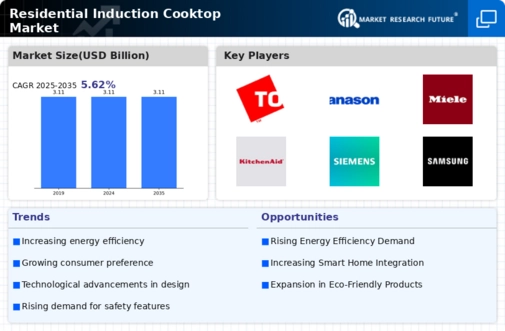
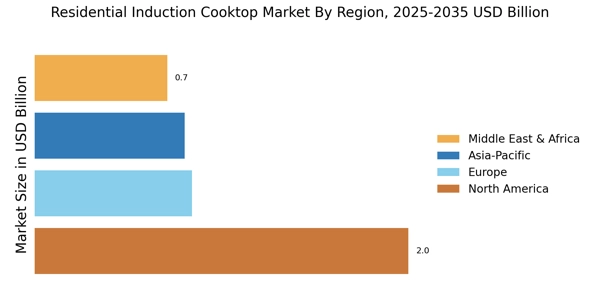

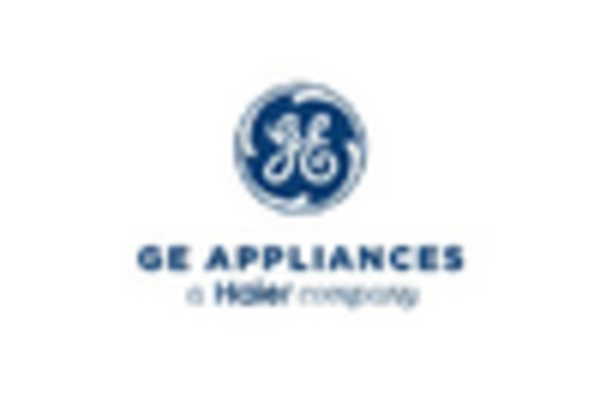

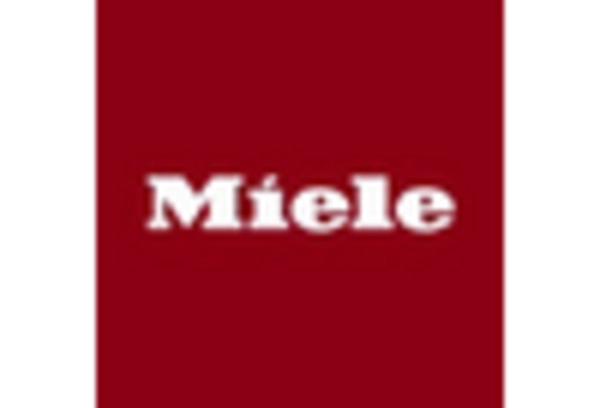

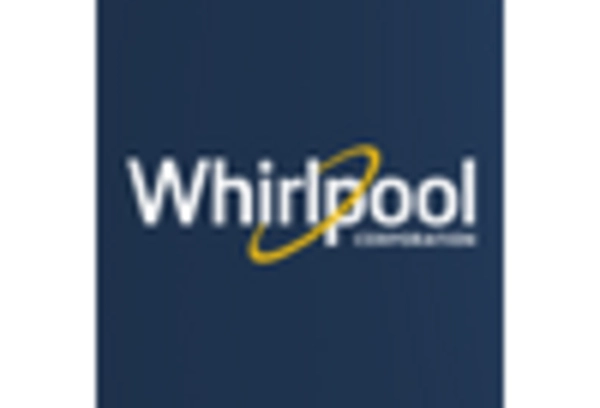








Leave a Comment